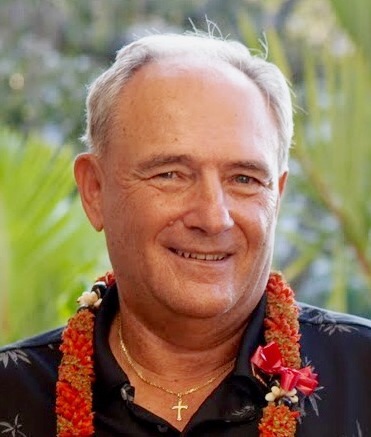

Upon his March 17 assumption of command, Padhi stated, “We won’t settle for business-as-usual, but will move at the speed of trust with all stakeholders to achieve all five dimensions of project success: schedule, cost, quality, safety and ethics.” That must be an iron-clad commitment. Stephen Padhi, to execute the multibillion-dollar project, with a 140-member drydock team providing on-site authority and oversight. To oversee that effort, the Navy has commissioned a new command officer, Capt. Strict quality and cost control measures must be outlined and enforced to prevent skimming or overcharging.

Deputy Defense Secretary Kathleen Hicks as she stopped on Oahu this month to tour PHNSY and other military facilities. “This is the largest investment military construction project in (Department of Defense) history,” said U.S. And the work involved, much of it to be done by private contractors, will create a steady flow of income for hundreds of skilled workers in Hawaii.Ī $2.8 billion construction task order for the project was awarded on March 10, to a joint venture of Dragados USA, Hawaiian Dredging Construction Co.

Improvements and efficiencies will add to the well-being of shipyard crews and the civilian shipyard workforce. military readiness by allowing for the upkeep of the most advanced and newest U.S. Nonetheless, this dry dock project, if managed carefully and efficiently, is ultimately worthy. The sheer expense of the project gives pause, as the Department of Defense anticipates spending as much as $4 billion by the time it’s completed. An extensive - and very expensive - project to enlarge and modernize a dry dock at Pearl Harbor Naval Shipyard (PHNSY) is growing closer to its launch date, with its environmental impact report completed and a contract awarded.


 0 kommentar(er)
0 kommentar(er)
